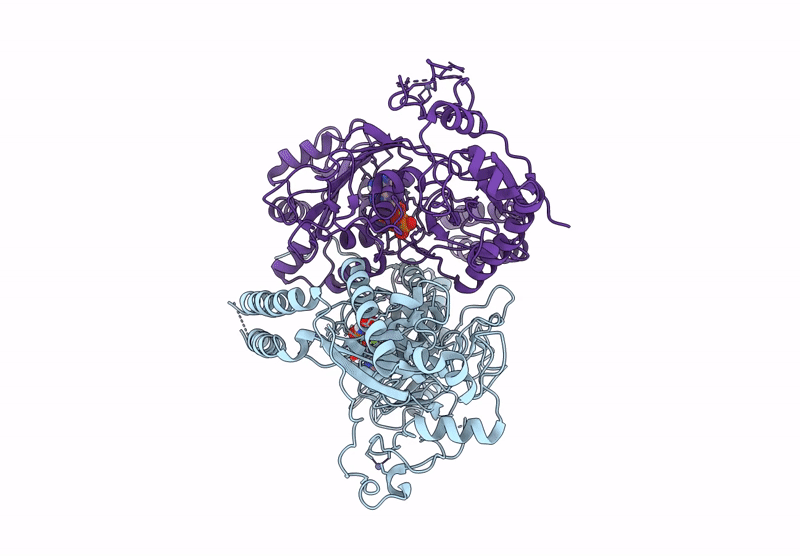
Deposition Date
2024-06-24
Release Date
2025-07-09
Last Version Date
2025-07-09
Method Details:
Experimental Method:
Resolution:
2.39 Å
Aggregation State:
PARTICLE
Reconstruction Method:
SINGLE PARTICLE


